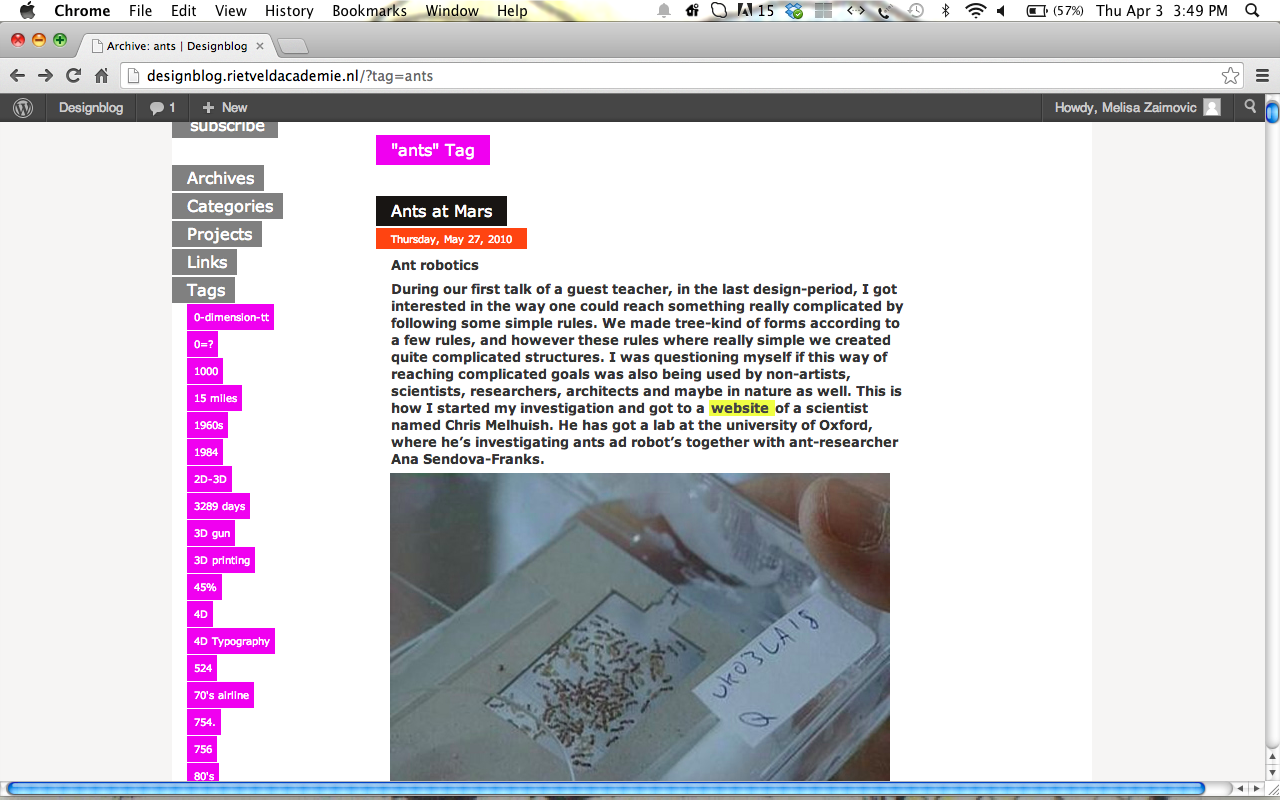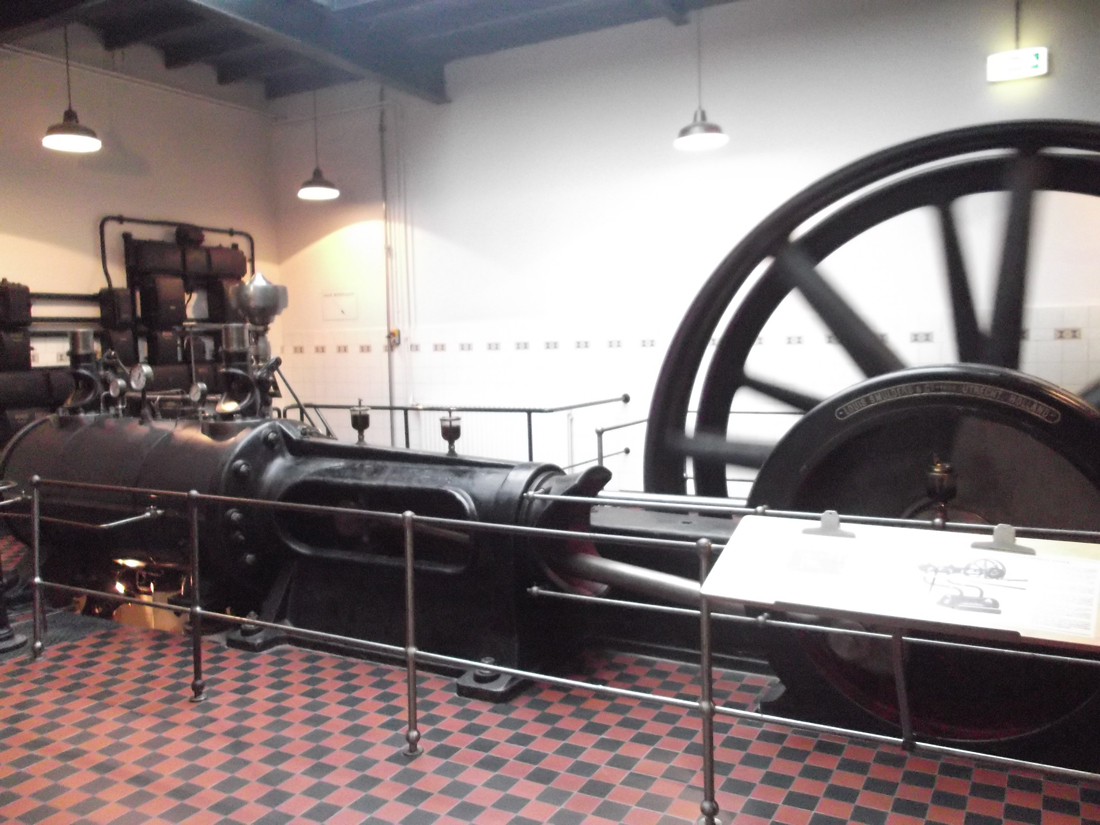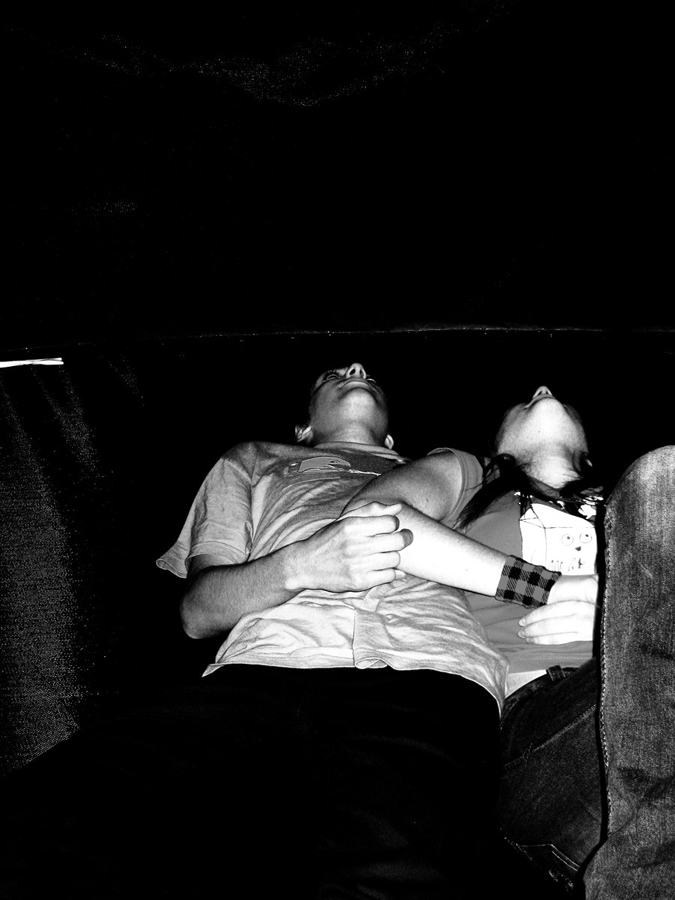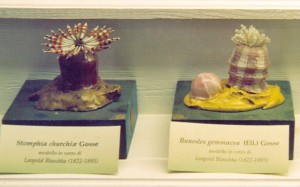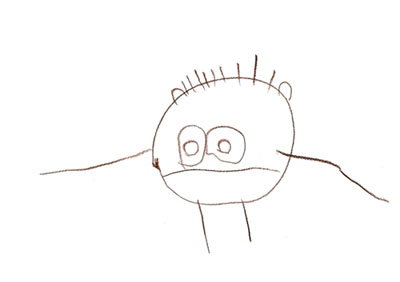
My traffic while browsing through the blog, including the posts and their content with highlights of posts that evoke my interest to stay and read. This is to show the experience and to evoke curiosity for others to explore the blog and it's content.
"science" Tag
traffic highlights
Thursday, April 3, 2014
“ants”
Thursday, April 3, 2014
Simply start scrolling from “A” until I find something that “pops”. Suddenly I come to this post, which makes me stay and actually read everything. I like when the science and academic world comes in together with design and art. Makes it interesting, and you learn new things and get a new insight. When you refer to natural things it is something everyone can relate to, and it makes you realize how present nature always is.
Ants are fascinating creatures, which are used in design and art too. The way the post is written is good and easy read, you get introduced in the subject immediately. These kind of posts that refer to other “worlds” and facts makes me interested in researching new subjects and other media. When a text makes you think and reflect, it is a good text and it reminds you too keep your eyes open to different subjects and how they can relate. Personal opinions together with facts is a good combination.
If you search for words regarding science and nature in art context, some things and facts might surprise you, as did post gave me new insights. Even if it’s nice to read and discover new artists through the blog, there is something very interesting about posts that concern other things that are a bit far from what you usually come across.
Therefore I suggest you not to just check the topics, but actually choose something a bit more random, or something that is far from your interest, as it could invoke something new in you. This blog offers many interesting topics, which are all worth to be explored. This post offers me a new perspective and curiosity to read further about the topic.
If you do as I did and don’t search for too specific subjects or are too picky and actually continue reading, you might get surprised of how many new insights one single post might give you.
What matters is a matter of perception.
Monday, May 16, 2011
When I heard about the powers of ten I thought it was some highly complicated scientific theory that you had to read really carefully and with much mathematical understanding to comprehend.
But in fact the ”Powers of Ten” is a 1968 American documentary short film written and directed by Ray and Charles Eames, re-released in 1977.
The film depicts the relative scale of the Universe in factors of ten.
It illustrates the universe as an arena of both continuity and change, of everyday picnics and cosmic mystery.
It presents the profound idea of orders of magnitude, with the subtitle of the film being:A Film Dealing With the Relative Size of Things in the Universe and the Effect of Adding Another Zero.
I want to show you one of the many remakes that have come up since 1968.
A little bit more cheesy, Americanized than the original with Morgan Freeman’s voice.
It shows the part of space we (humans) can see.
it’s stupendously big!!
Cosmic voyage – the power of ten HQ on YouTube
The theory of powers of ten tries to comprehend our world in numbers.
It fits everything from the atoms in our cells to the outer universe into a simple scheme of multipliing by ten.
By depicting this scheme the film gives a portrait of the various perspectives we can have on our world.
Our brain is capable to perceive the world on so many levels.
We can think a lot further than of what we actually know or have experienced, like the universe for example.

But we can as well think about the ungraspable development of thought .
Our brain can think about itself thinking.
There are many different levels of perceiving the world we live in.
Starting from ourselves I could think of the following levels:
The material level (what we consist of)
The personal level
The closer social level
The cultural (society level)
The global level (political/environmental)
The universal level ( seeing the world as a spot in the universe/ a world of constant change)
What matters to us changes violently depending on in which level we are thinking about things.
Father and son Blaschka dealing with reality
Wednesday, May 11, 2011
Leopold Blaschkas (1822-1895) came from a long line of skilled glass makers. The family was originally from Venice, but lived in Bohemia, (what is now the Czech Republic). When young Leopold studied to become a goldsmith and gem cutter but then joined the family business and his main work was to produce glass eyes.

 In 1857 his son Rudolph was born but shortly after two tragedies occurred in his life, his wife died in an cholera epidemic and two years later his father too. It was hard on him but he found a way to deal with his sorrow. He was artistically talented and started to look at the nature for inspiration, and sketched what he saw, plants and animals from outside his home and in exotic natural books he found. And then, on a boat trip to south America, he spend his time looking out in the sea around him. There he got struck by and fascinated by the sea animals he saw, those without
In 1857 his son Rudolph was born but shortly after two tragedies occurred in his life, his wife died in an cholera epidemic and two years later his father too. It was hard on him but he found a way to deal with his sorrow. He was artistically talented and started to look at the nature for inspiration, and sketched what he saw, plants and animals from outside his home and in exotic natural books he found. And then, on a boat trip to south America, he spend his time looking out in the sea around him. There he got struck by and fascinated by the sea animals he saw, those without
backbones especially,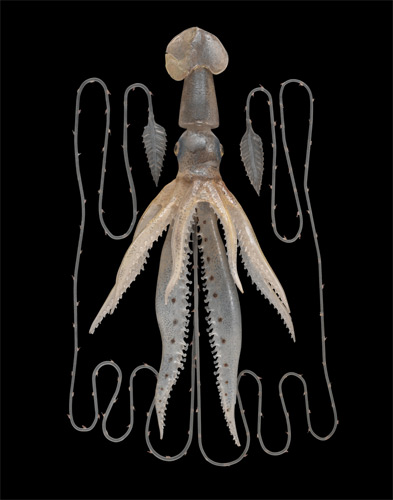 because of the transparency of their skin surface, which reminded him of the glass he was used working with as the glass master he was.
because of the transparency of their skin surface, which reminded him of the glass he was used working with as the glass master he was.
Although he was already one, he and became even more a passionate nature history lover and as a hobby he recreated both plants and animals in glass. After his encounter with sea animals he started making them in glass and then became one of the first who recreated animals from the sea in an accurate way, at that time you couldn’t take photographs under water.
In the late 1850s Leopold was commissioned by a Mr. Prince Camille de Rohan to create 100 glass models of a orchid collection Leopold already had started to work on. His models then got exhibited in Dresden Natural History Museum, This was the start of his career.
beauty is the content?
Thursday, April 28, 2011
The exhibition had the effect of a breeze to me. After spending hours on the internet, coming across hundreds of images, of which you never really know their origin; and when the manipulation of any image is a knowledge available to any 10 year old, seeing these images in the museum seemed like a pause in the middle of all that noise.
I knew at least watching these, that their purpose was neither glamour/beauty nor economical or political.
These images are somehow free from the media society, which is allowing them to just be, simple as they are, an “objective” observation on life. Of course some decisions were made by the maker of the experiment, incorporating some subjectivity in the result, but all in all, these images depict some sort of truth.
Without pretending to be anything else than documentation or aknowledgement of what “is”, you become interested and surprised by their beauty value, but certainly more because of the fact that these images are not seeking it. But couldn’t we have this feeling by just going to a science museum? To placed them in an art museum and naming them art is really questionable. Since these images are not meant to be beautiful in any way, even if we find them beautiful, it seems a bit too simple to show them to the society as “hey, look at these, we never noticed how pretty they could be”. It’s almost as making an exhibition of children drawings in a museum, of course they can be interesting, but it’s more of the rank of a gallerie exhibition. A museum should show works that are relevant socially, in the sense that each exhibition should (and are meant to) convey a message. These scientific images in this context just seem to be visual enjoyment. Somehow I couldn’t figure out clearly where was the museum going with this choice.
Nonetheless, it made me wonder how strange and surprising nature, the universe or us are, and made me think that in these overmediated times, we can easily derail from our own awareness of basics, such as our own body, by being just a big communicative muscle.
